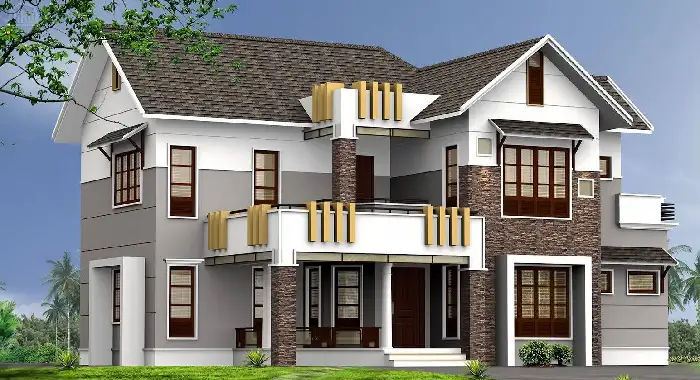Considerations For A Sloping Roof Design

A roof is typically the top surface of a structure, comprising all structures and materials required to support it on top of the ground, providing protection from the elements, especially rain, sunlight, extreme temperatures, and wind. However a roof isn’t only important for its structural support, but also for its aesthetic appeal. A roof isn’t a stable surface for walking on and thus can be susceptible to damage from both natural causes and human-induced factors. The roof also needs to be waterproof, which protects the structure from the elements, as well as keeping in the heat and light. A roof isn’t just a roof, it’s a living thing that needs maintenance and care.
Roofs come in many forms, including flat and sloped roofs. Sloping roofs are flat roofs that have a steep pitch; in other words, from one end to the other. Flat roofs are typically used for single-story homes and buildings, whereas a sloped roof requires a different approach. A flat roof must have a steep pitch in order to provide strength against natural forces. However a sloped roof can also be adapted for a more traditional appearance, with a less steep pitch, but with more length on top to facilitate easy walking and increased use of space.
Flat roofs may be assembled as flat, following the manufacturer’s instructions. Alternatively, they may be pitched, following certain recommended procedures. In flat roofs, tiles are used as the underlayment, providing both thermal and acoustic insulation. The most common types of flat roofs are flat clay tile, slate, and asphalt shingles.
Gable roofs have two sides: a top surface and a bottom surface. Gable roofs provide more usable space above the home, compared to a flat roof. Typically they are constructed by lintels and frames, which allow for the attachment of gable blowers. A common form of gable roofing is a row of chimneys, which add character to buildings.
Sloping roofs are typically made of materials such as clay tiles or slate. However, they may include two slopes or be designed with one slope and one step. They are an ideal option for increasing living space in a home or business. As the name suggests, a sloping roof places the building at a higher level than its flat counterpart.
A new roof system can help a business or home meet energy and cost reduction goals. It can also update or revitalize an older design. A qualified roofing contractor can discuss your options and recommend a course of action. Your roofing contractor can explain the advantages of any of these roofing systems and discuss any of your concerns. A qualified roofing contractor will also work closely with you throughout the project to ensure your satisfaction. Whatever the final decision, your roofing contractor will walk you through the entire process and help you make the best decision for your needs.






